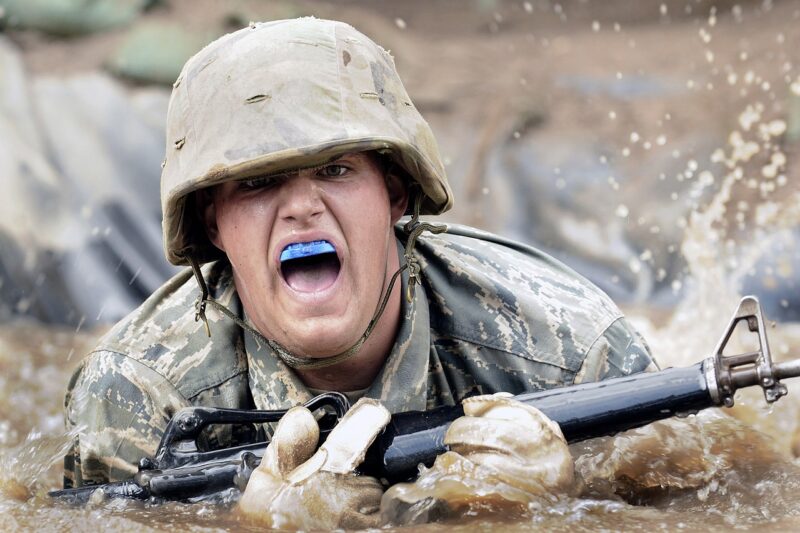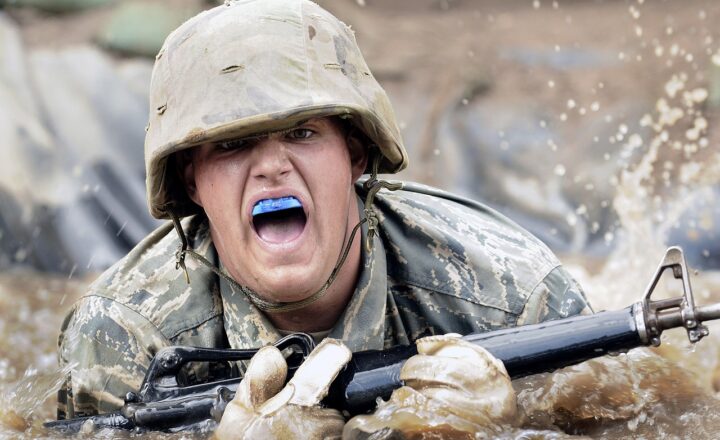
World War II was a pivotal moment in history that spurred rapid advancements in technology and innovation. As nations mobilized their resources toward war efforts, inventive minds came together to create gear and equipment that would not only aid soldiers on the battlefield but would ultimately lay the groundwork for modern combat gear as we know it today.
1. The Necessity for Innovation: Challenges Faced During WWII
The global conflict introduced numerous challenges. Troops struggled with environmental factors, requiring solutions that enhanced their survival and combat effectiveness. The harsh terrains of Europe and the Pacific, along with the necessity for better mobility and sustainability, became imperatives that fueled innovation.
The increasing complexity of war strategies demanded better tools for communication, transportation, protection, and medical assistance. As soldiers faced chemical warfare, urban combat, and extensive aerial assaults, the military quickly realized that they needed advanced equipment that could meet these new challenges.
2. Key Innovations in Combat Gear During WWII
Among the significant developments during World War II, several innovations stand out that have carried through to modern times:
- Ballistic Helmets: Originally developed for aviators, ballistic helmets became standard for infantry soldiers, providing essential head protection against shrapnel and bullets. Their design has evolved but the core concept of lightweight yet durable materials remains unchanged.
- Tactical Vests: Known as the Load Bearing Equipment (LBE), these vests allowed soldiers to carry necessary gear without impeding their mobility. Modern tactical vests have further evolved into modular designs, enabling customization based on mission requirements.
- Gore-Tex & Waterproof Fabrics: The advent of synthetic materials, particularly Gore-Tex, revolutionized combat clothing, making them waterproof, breathable, and durable. These materials enhanced soldier comfort and performance in various weather conditions.
- Communications Gear: The need for better communication led to innovations in radio technology. Portable radios became more compact and reliable, allowing troops to coordinate effectively in the chaos of battle, setting the foundation for today’s advanced communication systems.
These gears were not mere enhancements; they fundamentally changed how soldiers approached combat and survival.
3. The Evolution of Combat Gear Post-WWII
Following World War II, the evolution of military gear did not stagnate. Instead, it began to accelerate:
- Vietnam War Innovations: The Vietnam War necessitated improvements in camouflage and jungle-proof clothing. Soldiers would wear patterns designed to blend into foliage, leading to innovations such as the famous Tiger Stripe camo.
- Modular Tactical Gear: The concept of Modular Lightweight Load-carrying Equipment (MOLLE) came into being in the late 20th century. This system allowed soldiers to attach various pouches and packs to their gear, providing flexibility and customization tailored to each mission’s demands.
- Advanced Protection Systems: Today, ballistic vests are constructed of high-strength synthetic fibers like Kevlar and Spectra, providing ballistic and stab resistance. Development of body armor continues to evolve to enhance protection and reduce weight, increasing soldier mobility and endurance.
These advancements have been continually refined through testing and feedback, improving the design and effectiveness of modern combat gear.
4. Modern Military Gear Influenced by WWII Innovations
Understanding how WWII innovations influenced modern combat gear is vital for grasping today’s military operations. Some notable examples include:
- Integrated Soldier Systems: Gear that integrates various functions such as communication, navigation, and health monitoring into a single system. This approach is a direct descendant of the innovations developed during WWII, taking multi-functional gear to the next level.
- Smart Textiles: Research has led to the creation of textiles that can monitor conditions, such as heart rate and temperature, and provide real-time data to command centers. These textile technologies enhance traditional combat gear with modern sensing capabilities.
- Sustainability in Gear Development: With advancements in material science, manufacturers are now also focusing on creating sustainable gear, keeping in mind environmental concerns that began to emerge post-WWII. This reflects the same innovative spirit that drove inventions during the war, now directed toward eco-friendly practices.
In every piece of modern combat gear, echoes of the past can be found, reminding us of the innovative spirit that emerged in response to the brutal realities of war.
5. Conclusion: The Legacy of WWII Innovations
World War II was a crucible of innovation that transformed military gear and tactics. The legacy of this era continues to influence how we approach combat readiness and soldier welfare in modern military operations.
As we develop new technologies and gear, understanding and respecting the innovations born out of necessity can inspire further advancements, ensuring that soldiers are equipped to handle the challenges of modern warfare.
Today, combat gear is a combination of history, technology, and human ingenuity, with roots deeply entrenched in the lessons learned during one of history’s most impactful conflicts, World War II.







